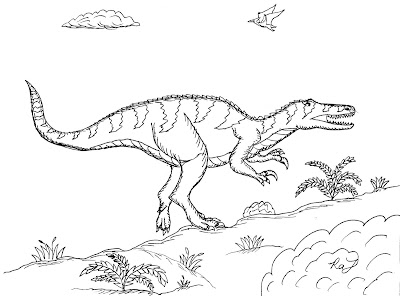Robins of Australia 2 of 49 species
Since we soon leave for an Outback Australia trip, we, my wife and I, have been studying all about Australia. This includes the geology and flora and fauna of the country. I only learned about Australian Robins a few days ago. These two species are on the left: Scarlett Robin. . . and on the right: Red Capped Robin. There are a bunch of Robins in the South Pacific Southern Asia area. Some are actually yellow breasted.
Remember that new drawings are at the bottom of the printable lists that are found by clicking on the buttons up top. . . . Now, I have to go finish packing. I hopoe you have enjoyed coloring some of the extinct and living animals of Australia found here on my free coloring pages blog. On our trip it will probably be impossible to post. . . so I will start posting more pictures when we return. Probably starting with the Galah.
AUSTRALIA HERE WE COME!!!!!!











